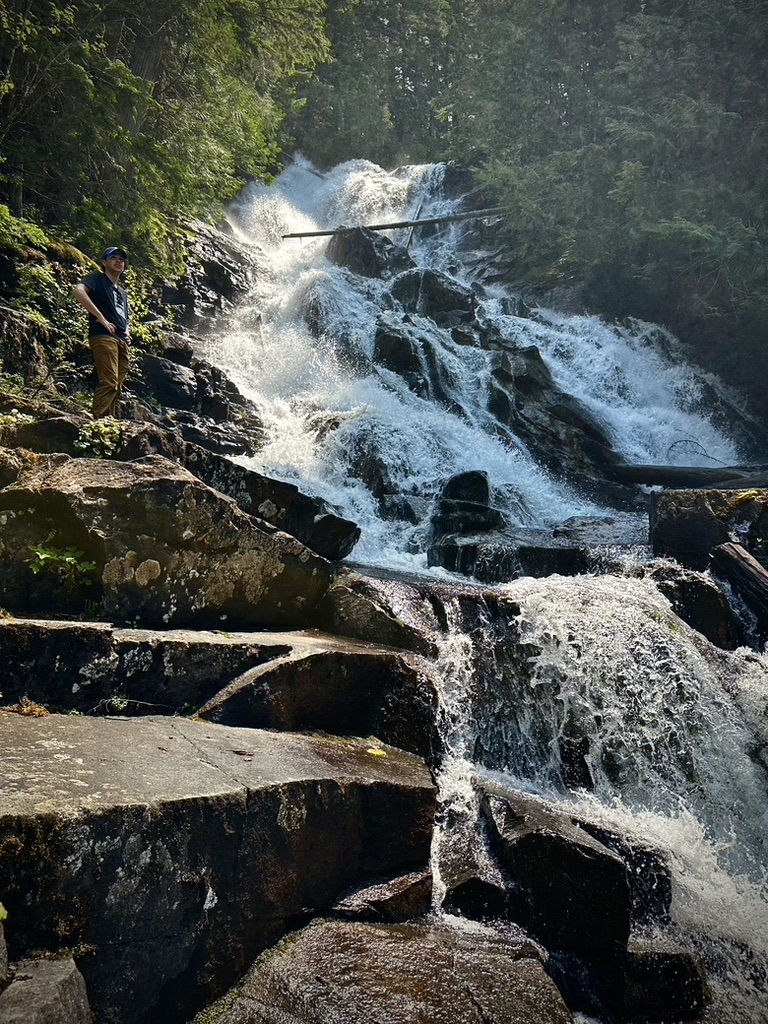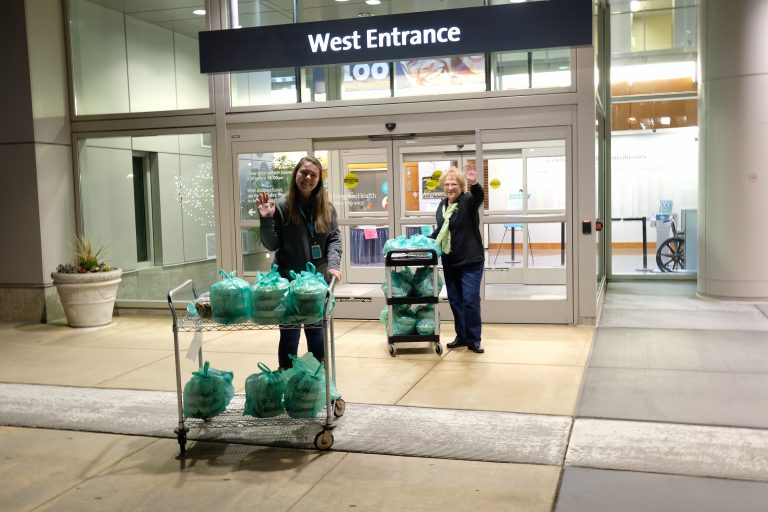Alpine Lake Packrafting in the Pacific Northwest
Packrafting is simple. You carry all of your kit, to the edge of the water, and make the transition.

Packrafting is simple. You carry all of your kit, to the edge of the water, and make the transition.

Late last week, a few of us started discussing ways we could help out local restaurants that are devastated by the COVID crisis. My friend Michelle came up with the brilliant idea to raise money to buy gratitude meals for first responders, to help express just some of our thanks for the work they’re doing and…

At this writing in Seattle, amid the COVID-19 outbreak, nearly all schools have announced closure, and have gone (or are soon going) to remote learning. Many workplaces have also done the same, and public officials are encouraging people not to gather in large groups. First, please read this excellent summary from Tomas Pueyo as to…

Have you ever been to an anniversary or birthday celebration which included video well-wishes from friends and family? Or, have you ever wanted to collect a series of video testimonials from customers? If you’ve ever tried to gather a bunch of videos from people, you know it’s not easy. It’s a hassle to nudge people,…

I’m working on a neural-style transfer project, and have several machine learning models trained to render input photos in particularly styles. The current set is below; input image on the left, output image on the right, with model name in lower right hand corner. I’ve got a few clear favorites, but I’d love to see…

I’ve always been fascinated by past visions of the future. Science fiction uses the future to tell us something about ourselves, so looking back on past visions of the future, we can learn something about that age and the values, myopia, optimism and fears of the time. It’s also healthy to continually do cross-checks on “how…

In 2015, a research paper by Gatys, Ecker and Bethge posited that you could use a deep neural network to apply the artistic style of a painting to an existing image and get amazing results, as though the artist had rendered the image in question. Soon after, a terrific and fun app was released to the…

“Steve, the wifi is down.” As the go-to guy in the house for all tech issues, I’ve been hearing that call, and reading that SMS text from family members for more than a decade. I’ve come to dread those words. In recent years, it’s been all-too-frequent. And since the longest-running wifi configuration in our house…
Here’s how to update Plex Media Server on a server running Ubuntu. Make sure you replace the URLs and packages with the latest release. Find the URL for the latest Plex Media Server package here. SSH into your server. Download the latest package (replace filename with the latest), then install it: Following installation, remove the installer file…
You must be logged in to post a comment.